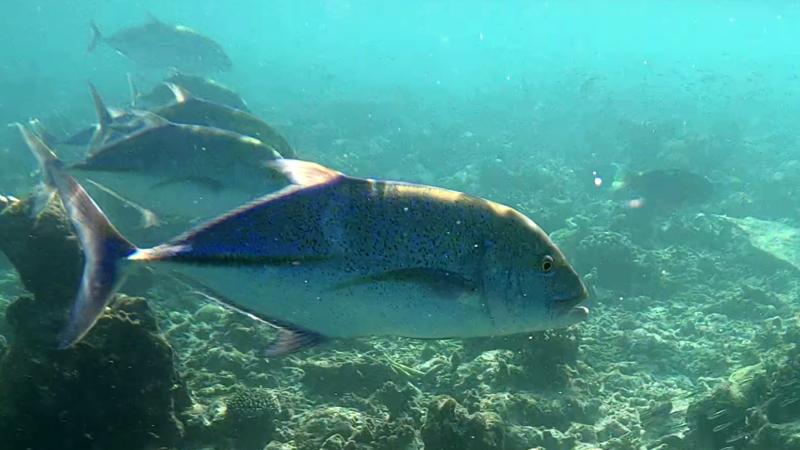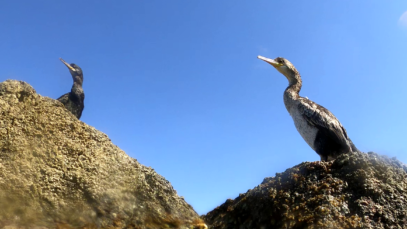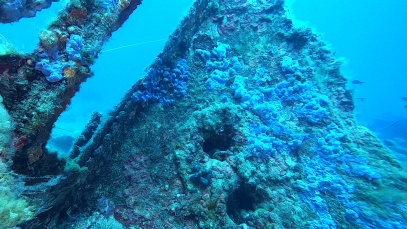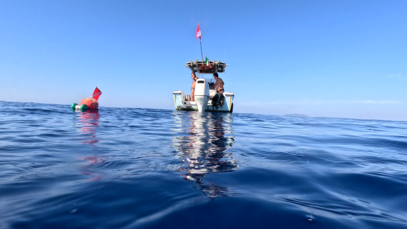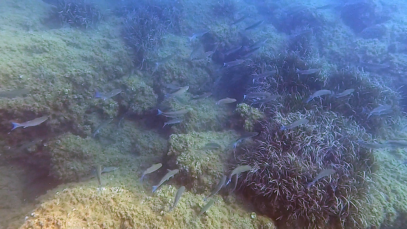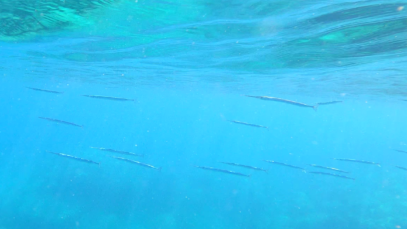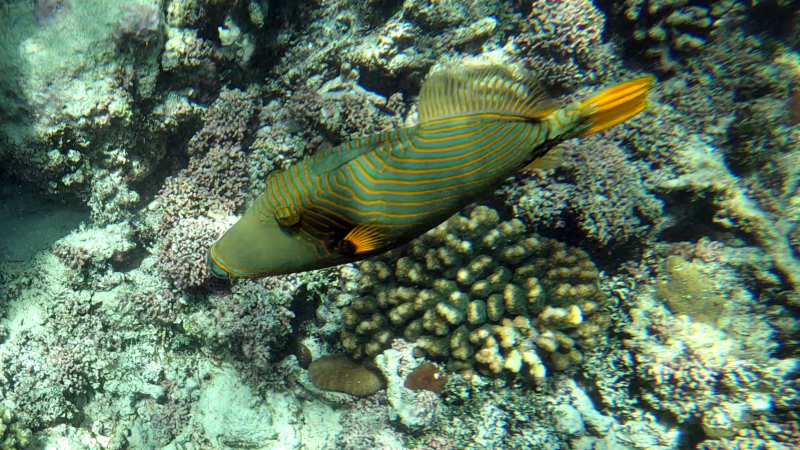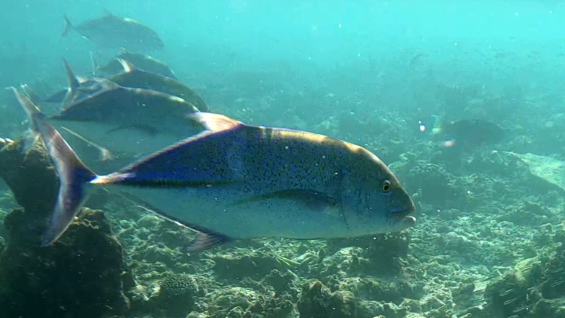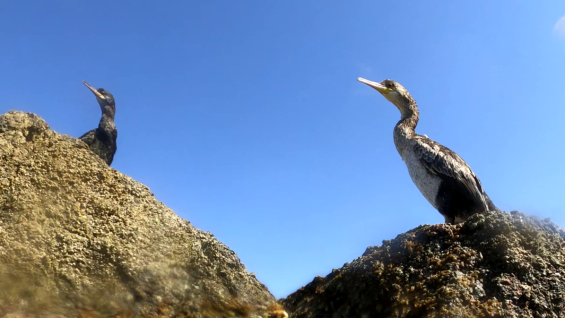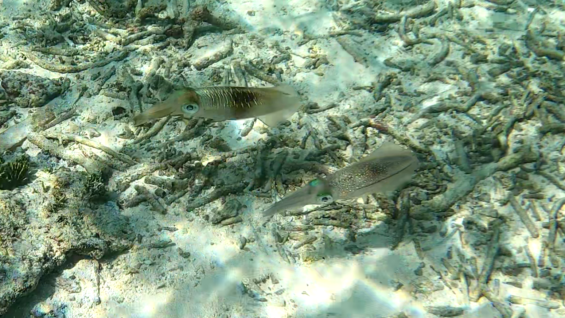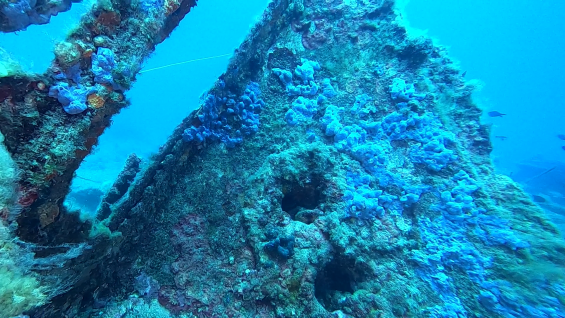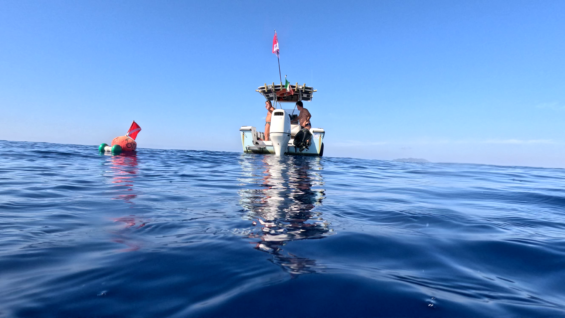Homepage
Intotheblue.it aims to collect videos and photos of typical depths of the Mediterranean Sea, to raise awareness of their beauty, to raise awareness of the various bodies and the various species, documenting the various critical issues in order to sensitize people to the respect and protection of a now environment at risk.
Widget not in any sidebars
Last
MoreGiant Trevally
The Giant Trevally (Caranx ignobilis), also known as the lowly trevally, barrier trevally, ronin jack, giant kingfish, or ulua, is a species of large marine fish classified in the jack family Carangidae. The Giant Trevally is distributed throughout the tropical waters of the Indo-Pacific region, with a range stretching from South Africa in the west to Hawaii in the east, including Japan in the north and Australia in the south.
Great Cormorant
The Great Cormorant (Phalacrocorax Carbo, (Linnaeus, 1758) is a species of bird in the shag family. It is a large bird with black body and a hook beak. There is however a large variation in size in the wide range of species. Cormorants of various weights have been reported, but the average weight is around 2.6 to 3.7 kg. The length can range from 70 to 102 cm and the wingspan from 120 to 160 cm.
Bigfin reef Squid
Bigfin reef Squid, Sepioteuthis lessoniana, commonly known as the glitter squid or oval squid, is a species of loliginid squid. It is one of the three currently recognized species belonging to the genus Sepioteuthis. Studies in 1993, however, have indicated that bigfin reef squids may comprise a cfyptic species complex. The species is likely to include several very similar and closely related species. Bigfin reef squids are characterised by a large oval fin that extends throughout the margins of its mantle, giving them a superficial similarity to cuttlefish. They are small to medium-sized squids, averaging 3.8 to 33 centimetres in length.
Diving on Carmelo Noli' s wreck
Carmelo Noli was a tugboat, now it is one of the many wrecks of the Second World War that we can find in our Mediterranean. We were on this wreck more or less two years ago, intrigued by some reports of grabbing by some local fishermen, which we then saw published in the Notices to Seafarers of 16 May 2012. ...
Diving near Gorgona island
We planned this scuba dive in the area between Livorno and Gorgona Island. We are over 12 nautical miles from Livorno and about 6 miles from Gorgona. In this area the seabed rises from over 100 meters deep to 48 metres. It is an area that we know well in the part between 48 and 54 meters deep, but the sea always reserves unexpected surprises: in fact from the echo sounder we saw that there are reef at depths of 60, 70 meters and more.
(Visited 7,532 times, 1 visits today)

